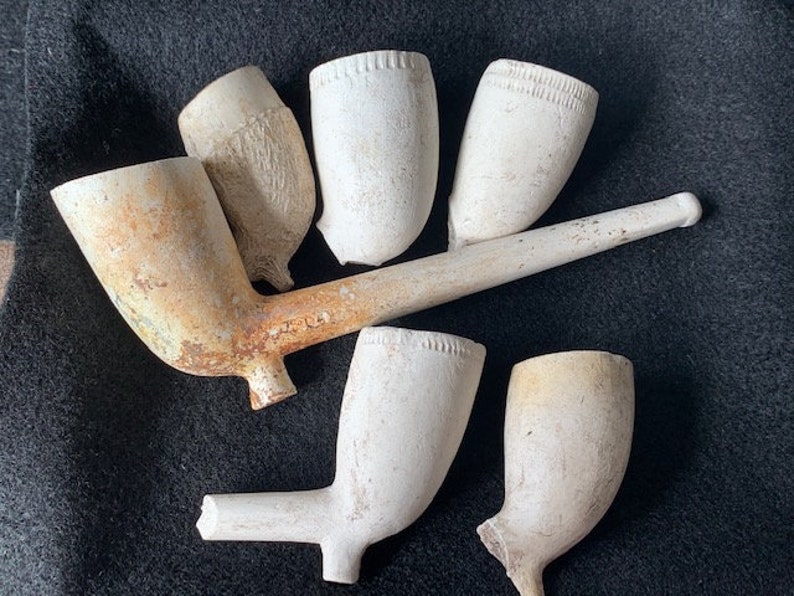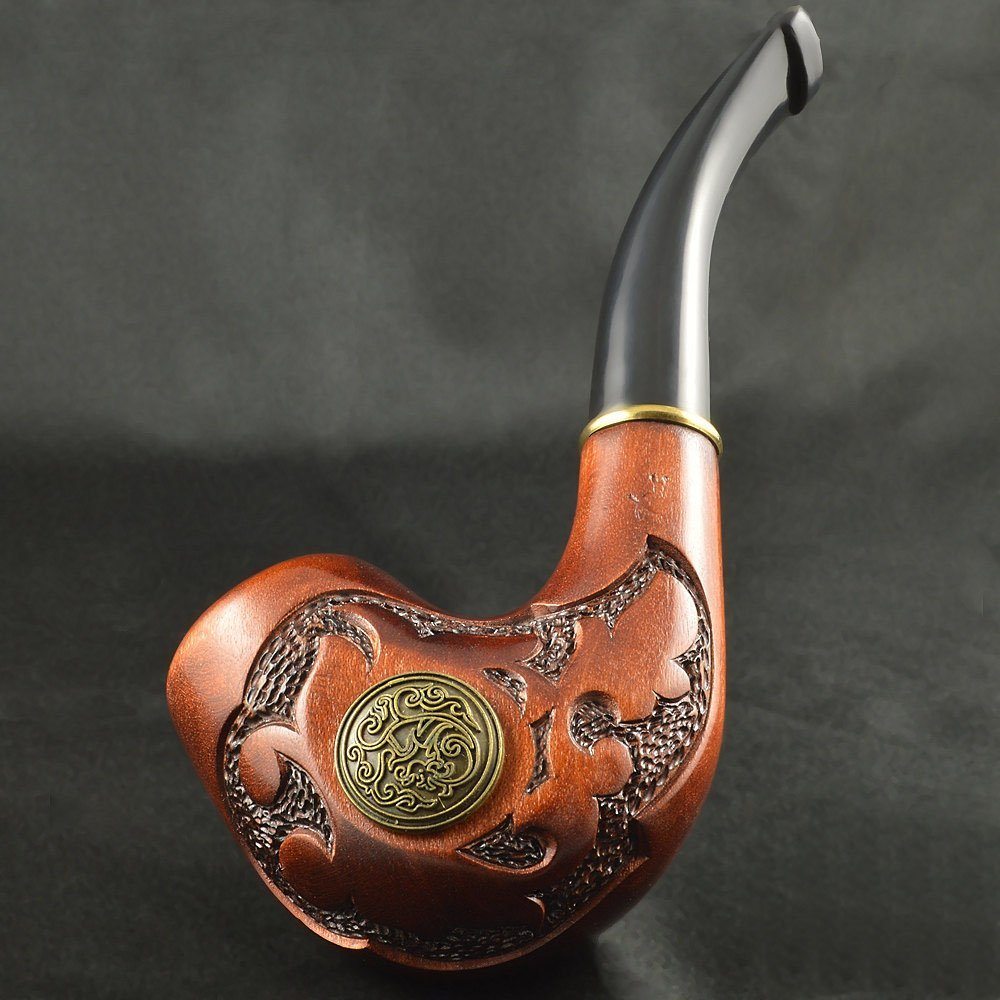

He was given further finds from a nearby large plot by the boys of Littleton House, a school for mentally disadvantaged boys, which was supported by the scientific instrument maker Horace Darwin. Around the same time an amateur archaeologist, Hugh Scott (entomologist, biogeographer and then curator of the Museum of Zoology), moved into a new build in Millington Road and found a large number of clay pipes and some clay wig curlers in his garden topsoiI. From 1965 it became part of Wolfson College. This house was built in 1914 for John Stanley Gardiner (1872-1946), Professor of Zoology, and Edith Gertrude Gardiner (nee Willcock, 1879-1953), a biochemist, who lived there with their two daughters, Nancy (1911-c.1955) and Joyce (1913-1994) until after WW2. In 1914 – 16 a collection of fifty clay tobacco pipe bowls and a clay wig curler were among the finds at the site of Bredon House on Barton Road, Cambridge. The people of Cambridge have thrown and dropped huge numbers of pipes into the Cam over the centuries with supply being supplemented by the international shipping trade (the town being an important port until the arrival of the railways) and many foreign pipes, particularly from Northern Europe, that have found their way onto its muddy bottom. This history was illustrated by John Clements in his 2018 exhibition of ‘Finds from the River’.

The second, our very own linear rubbish pit, better known as the River Cam, gives us a full, if jumbled, history of clay pipe manufacture.

Before 20th century building, the countryside area around the Barton Road was covered with gravel pits that were later used to dump the town’s rubbish. Although the sites of many of the finds remain unattributed, two predominant sources have been identified. Some are on permanent display and many others are stored behind the scenes. Over the years the Museum of Cambridge has accumulated a large collection of pipes of all shapes, sizes and constructions. One of the earliest pipes ever found in the country was discovered at the back of the colleges in St John’s Wilderness. The Cambridge finds suggest that the ‘town’ of the sixteenth century had a population of affluent locals and newcomers, students and traders, who embraced the smoking habit at an early stage. At first, tobacco was expensive and the province of the well-to-do. However, Raleigh did help popularise smoking at the court of Queen Elizabeth I. Sir Walter Raleigh is often credited with introducing tobacco to Britain, but early sailors and traders first brought it to these shores in the 1550s. Cambridge is an exceptional hotspot for these curiosities and because of its location and early international trade, by both road and river, the range of clay pipes found here provides a complete history of clay pipe manufacture. Apart from making interesting diversions for gardeners, they also make excellent date indicators in post-medieval archeological sites because their design and process of manufacture has gone through gradual yet distinctive changes over time, making them easily datable.

Clay tobacco pipes are commonly dug up in back gardens, old rubbish dumps and municipal flower beds across the country. Recent archaeology reinforces the importance of social history finds and their interesting backstories – of places and their inhabitants. “The range of clay pipes found (in Cambridge) provides a complete history of clay pipe manufacture.”


 0 kommentar(er)
0 kommentar(er)
